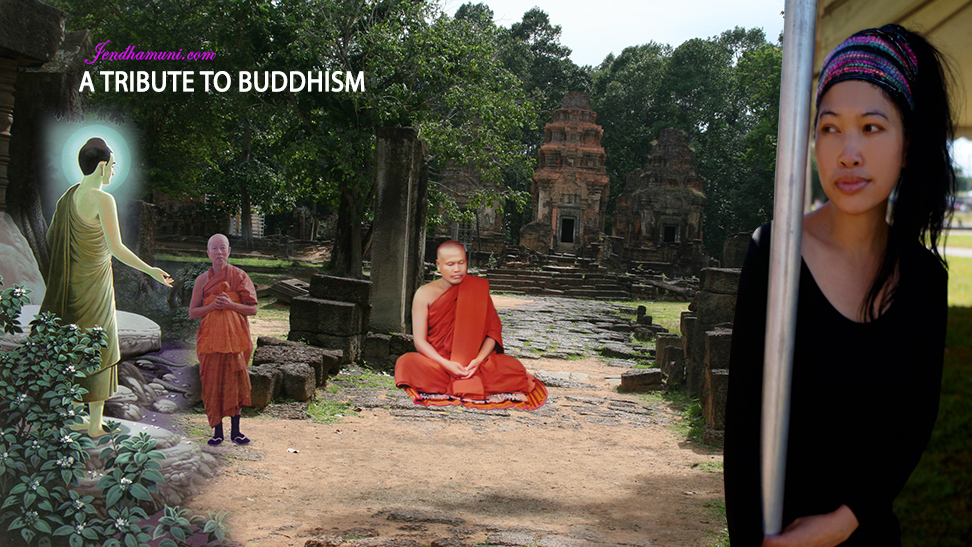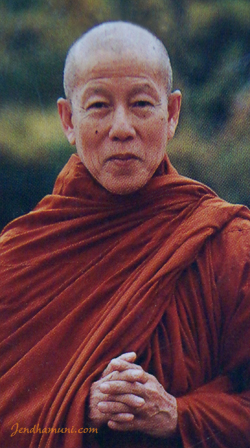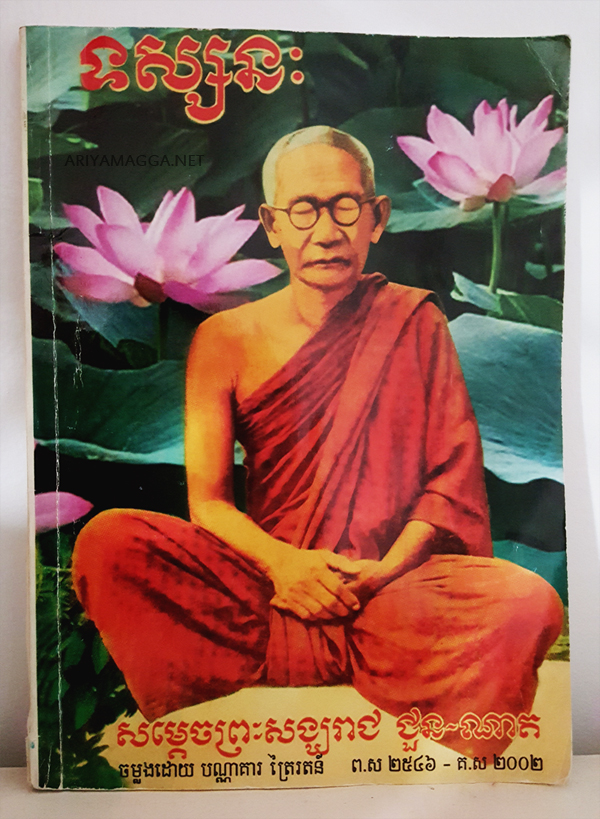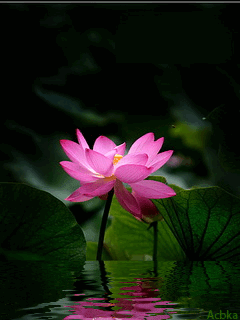-
Comment July 2, 2015
-
Hiding place for kitty
Comment July 2, 2015Senior cats start to experience something like human dementia or Alzheimer’s when they reach an old age, usually around 8. The cats wander around the house a little dazed and confused, which is why they meow constantly. If your cat is displaying these symptoms, experts say it is best to comfort it and provide an extra blanket at night. Source: BrainJet
-
Practicing in order to know
Comment July 2, 2015Remember you don’t meditate to “get” anything, but to get “rid” of things.
We do it, not with desire, but with letting go. If you “want” anything, you won’t find it.
Whatever we do, we should see ourselves. Reading books doesn’t ever give rise
to anything. The days pass by, but we don’t see ourselves. Knowing about practice
is practicing in order to know. ~Ajahn ChahThe happiest people don’t worry too much about whether life is fair or not,
they just get on with it. ~Andrew Matthews -
Not just a word
Comment July 2, 2015 -
Dogs actually laugh
Comment July 2, 2015Dogs laugh! To the human ear, it sounds like an ordinary pant, but animal behavior experts have proven that dogs actually laugh! Your dog’s peripheral vision is between 180 and 270 degrees, depending on the shape of his face and the length of his nose. Visual capabilities vary by breed, but their ability to detect size, small and rapid movements and see in low levels of light make them successful hunters. While his nose is 20 times more sensitive than yours, flavor is important to your dog. Your dog’s hearing is five times better than yours. Dogs hear up to 50,000 to 65,000 cycles per second – humans, just 20,000. You want to know why he perks up long before you hear someone walking up to the door? There you have it. Source: Beneful

-
When you talk yourself down
Comment July 2, 2015Getting Back Up is hard when you talk yourself down.
Frustration towards yourself, feeds itself.
Use uplifting words to motivate yourself.
~Unknown
-
Never regret failure
Comment July 2, 2015Never regret failure. Every failure has a message to be more committed, more focused and if necessary change the direction for the endeavor. Error is natural process of any endeavor, if there is some deviation knowingly or unknowingly from right course of action. Error is not to dishearten, error is there to make you more stronger in attitude and approach. Be focused and be committed and enjoy eventful life. ~Dr Anil Kr Sinha
-
A smiling heart is a happy heart
Comment July 2, 2015 -
Underground Water
Comment July 1, 2015by Ajahn Chah
The Dharma belongs to no one; it has no owner. It arises in the world when a world manifests, yet stands alone as the truth. It is always here, unmoving, limitless, for all who seek it. It is like water underground- whoever digs a well finds it. Yet whether or not you dig, it is always here, underlying all things.
In our search for the Dharma, we search too far, we overreach, overlooking the essence. The Dharma is not out there, to be gained by a long voyage viewed through a telescope. It is right here, nearest to us, our true essence, our true self, no self. When we see this essence, there are no problems, no troubles. Good, bad, pleasure, pain, light, dark, self, other, are empty phenomena. If we come to know this essence, we die to our old sense of self and become truly free.
We practice to give up, not to attain. But before we can give up mind and body, we must know their true nature. Then detachment naturally arises.
Nothing is me or mine, all is impermanent. But why can’t \re say nirvana is mine? Because those who realize nirvana do not have thoughts of me or mine. If they did, they could not realize nirvana. Although they know the sweetness of honey, they do not think, “I am tasting the sweetness of honey.”
The Dharma Path is to keep walking forward. But the true Dharma has no going forward, no going backward, and no standing still.
-
Rely on Yourself
Comment July 1, 2015by Ajanh Chah
The Buddha taught that those who wish to know must realize the truth for themselves. Then it makes no difference whether .others criticize or praise you whatever they say, you will be undisturbed. If a person has no trust in himself, when someone calls him bad, he will feel he is bad accordingly. What a waste of time! If people call you bad, just examine yourself. If they are not correct, just ignore them; if they are correct, learn from them. In either case, why get angry? If you can see things this way, you will really be at peace. There will be nothing wrong, there will be only Dharma. If you really use the tools the Buddha gave us, you need never envy others. Whereas lazy people want to just listen and believe, you will be self-sufficient, able to earn your living by your own efforts.
To practice using only your own resources is troublesome because they are your own. You once thought practice was difficult because you were contending, grabbing at others’ goods. Then the Buddha taught you to work with your own, and you thought everything would be fine. Now you find that too is difficult, so the Buddha teaches you further. If you cling and grasp at something, it does not matter whose it is. If you reach out and grab a fire in your neighbour’s house, the fire will be hot; if you grab a fire in your own house, that, too, will be hot. So don’t grab at anything.
This is how I practice-what is called the direct way. I do not contend with anyone. If you bring scriptures or psychology to argue with me, I will not argue. I will just show you cause and effect, to let you understand the truth of practice. We must all learn to rely on ourselves.
















